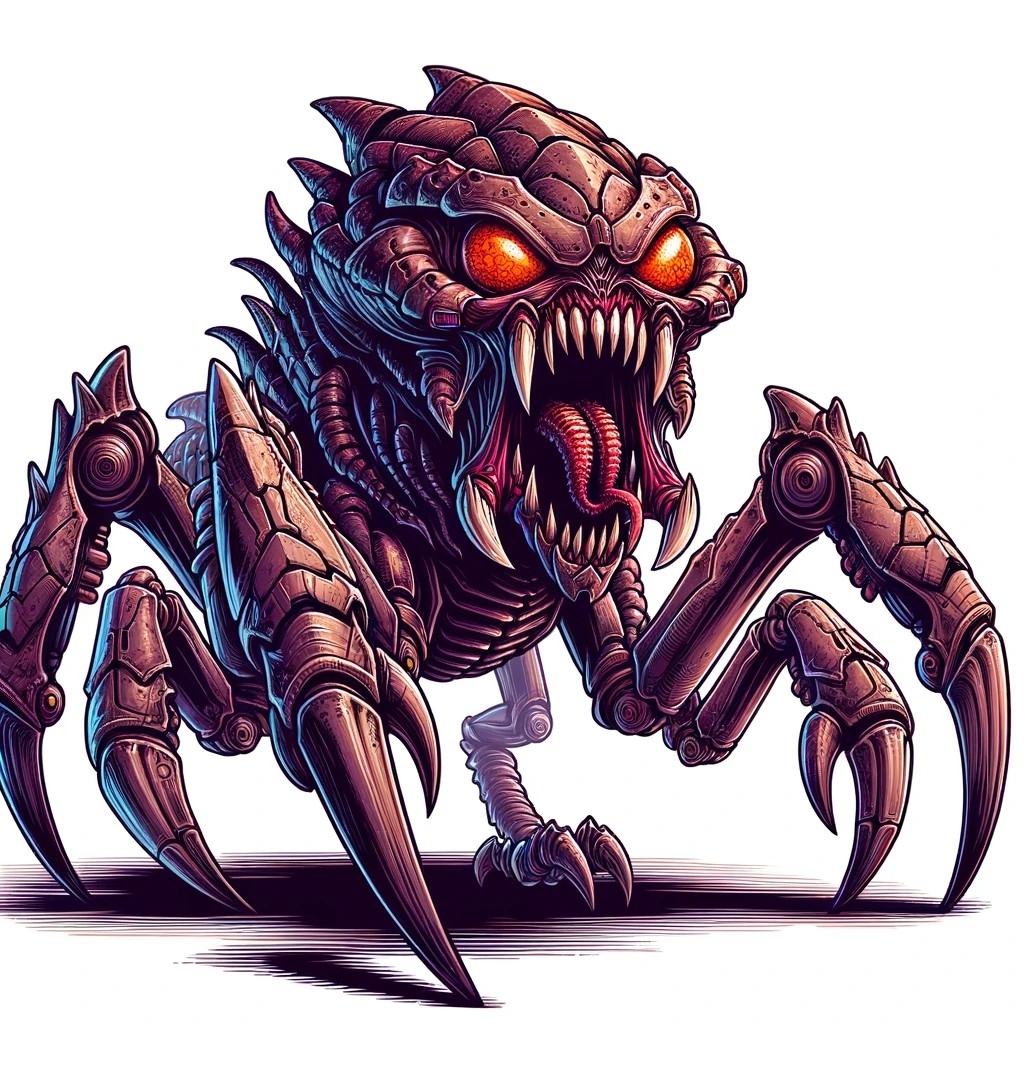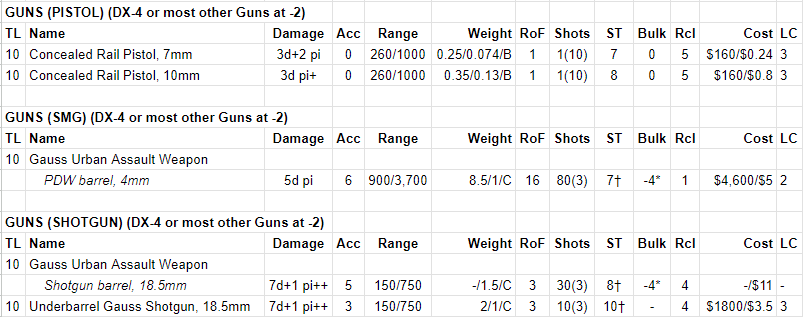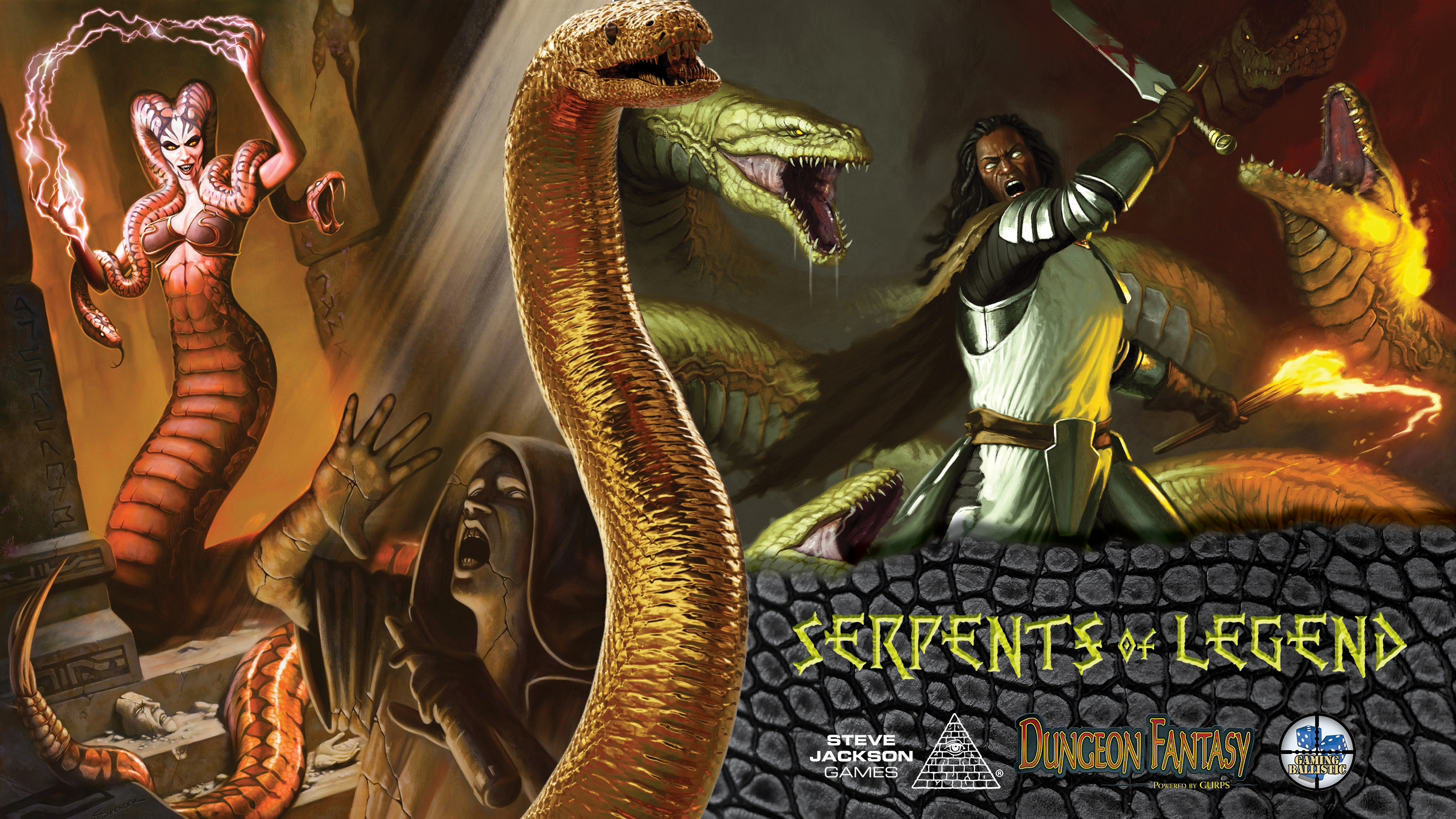
Date: 2023-11-10
Player Characters (~300 points):
M2M2M, mech vehicular and robotics engineer, drone operator, hacker
Dr. Heinrich Schüler, human xenobiologist, physician, search and rescue specialist
Dr. Link Mercury, nanoswarm combat medic, pilot
Nectahii, edari sniper
NPCs of note – Boron Squad:
Alx Thorox, antax cybersecurity & electronics expert
Chloe Blanc, human marksman
John Hippocrates, neo-gray medic
“Rush” de Vries, human close quarters specialist
CP Awarded: 3
After defeating the alien swarm, Trauma Squad proceeded further down the tunnels. Soon they found a large three-way junction, which was full of charred alien corpses and other signs of battle. A tunnel branched off to the west, and another straight across the junction to the north (the operators entered from the south). At the northern exit they found the remains of Thermobaric Zarl, the brute reptoid Boron Squad heavy weapons and demolitions specialist. M2 recovered his bodycam footage, which revealed that he made a last stand here to buy the rest of his squad time to withdraw from the alien swarm. M2 then attempted to contact any Boron Squad survivors via radio, and succeeded! Three of them were holed up in a freight elevator through the facility north of the junction. That’s where Trauma Squad went next – they left Zarl’s remains here to recover them later.
In the tunnel leading north, the team once again heard the sounds which last time heralded the alien swarm. This time they all prepared properly, taking cover behind a corner and some support beams next to it. Alien hordelings started pouring from around another corner to the south, and the team started mowing them down. There were a couple dozen all in all, with the operators dispatching about half of those appearing each second. After a couple seconds, the hordelings reached the team, but no more of them appeared – just four more “spitters”, which took positions behind cover and started aiming. Luckily, they were far enough to land only a couple of hits at the operators, who dodged them while taking out the remaining hordelings. In the end, the spitters fell as well.
Trauma Squad was unscathed, and simply proceeded further. They found another small bio-lab. Heinrich determined that this one focused on mental conditioning and rapid “sleep-learning” for cloning applications (whereas the first one researched tissue engineering and cloning itself). Past the lab, there was a large blast door which the Boron Squad survivors sabotaged on their way through to prevent the aliens from following them. Trauma Squad blew open a hole in it. On the other side, there was another seemingly “residential” section of the facility, and at its end the freight elevator where Boron Squad was holed up.
There, the operators found Alx, Chloe, and Rush. All were severely injured, and couldn’t climb the depowered elevator’s shaft to seek another exit. It wouldn’t have mattered though, because M2 sent his Gemini drone up and it reported a cave-in. As Heinrich and Link started treating Boron Squad, they briefed Trauma on the situation. Apparently, the third tunnel in the central junction led to a large laboratory. Emilia Rosenbaum, Boron’s science officer, and John Hippocrates, their medic, were investigating it while the rest of the squad went to haul supplies from the makeshift camp on the side of the facility they entered through. When they returned, the aliens started emerging from pods in the lab, killing Emilia on the spot. The rest of the squad retreated, except for John, who got separated from the others. None of the survivors are sure how that happened, though it seemed that the aliens completely ignored him. Boron Squad attempted to retreat the same way they came in, but got cut off by the heavily armored turrets in the first bio-lab. Hearing the alien swarm behind them, they decided to return towards the junction and fight just the aliens, instead of both the aliens and the turrets. The rest of their story matched what Trauma Squad already knew.
Considering their options, the two teams decided that the still heavily injured but patched up Boron Squad is fit enough to recover Zarl’s remains and retreat to the outside on their own. After parting ways, Trauma Squad set out to find John, and Emilia’s remains, in the main lab. As they approached its entrance, M2 noted that the disturbance which made radiocommunications in the facility difficult was in fact coming from the lab. They opened the door (which was unlocked) very carefully, and M2 sent Gemini in to take a look. There was nothing moving inside the 20-yard diameter lab – just a bunch of alien corpses, various scientific equipment, and pods along the walls and floors which presumably contained the aliens. Trauma Squad entered and carefully looked for the main control station. They found it at the opposite end of the lab, on a raised platform.
 They activated the console, and started looking for research data, but also for a kill switch which would terminate aliens in all of the pods, if any still remained. As they were doing this, one of the pods near them opened – and Link fired several shotgun slugs into it. Out emerged John, stopping the slugs with a psionic force shield. He seemed physically changed, and greeted Trauma Squad. Answering their questions, he explained how the aliens from the pods ignored him, which allowed him to explore the lab after the rest of his squad ran away. He put Emilia’s corpse into one of the pods, as the technology within could revive her. Then, he himself went to be “uplifted”. He offered to prepare the pods to do the same with Trauma Squad, if they so desired. Heinrich was quite intrigued by the possibilities, and asked John what exactly this “uplifting” entailed, but also tried to discretely prod him into revealing if the pod put him under the Masters’ control. John answered that he wasn’t controlled by them, but the party got the impression he was not telling the whole truth. As Heinrich got John to explain the details of the uplifting process, Link sneaked up to John and injected him with a large dose of knockout drugs. At the same moment, M2 engaged the kill switch which he found in the meantime.
They activated the console, and started looking for research data, but also for a kill switch which would terminate aliens in all of the pods, if any still remained. As they were doing this, one of the pods near them opened – and Link fired several shotgun slugs into it. Out emerged John, stopping the slugs with a psionic force shield. He seemed physically changed, and greeted Trauma Squad. Answering their questions, he explained how the aliens from the pods ignored him, which allowed him to explore the lab after the rest of his squad ran away. He put Emilia’s corpse into one of the pods, as the technology within could revive her. Then, he himself went to be “uplifted”. He offered to prepare the pods to do the same with Trauma Squad, if they so desired. Heinrich was quite intrigued by the possibilities, and asked John what exactly this “uplifting” entailed, but also tried to discretely prod him into revealing if the pod put him under the Masters’ control. John answered that he wasn’t controlled by them, but the party got the impression he was not telling the whole truth. As Heinrich got John to explain the details of the uplifting process, Link sneaked up to John and injected him with a large dose of knockout drugs. At the same moment, M2 engaged the kill switch which he found in the meantime.
We ended the session with that cliffhanger.
 For the first few seconds, M2 continued retreating towards the rest of the group, while Nectahii covered him, Link covered Nectahii and Miko, and Miko worked on the aliens surrounding the pair with her swords. More aliens appeared each second, and those from around the corner ignored GEMINI and rushed at the operators. M2 used this opportunity and shot down a good number of the hordelings via GEMINI’s gauss PDW. Once close to Nectahii and Miko, he turned around and started blasting himself. His sniper rifle wasn’t optimal for taking down many hordlings, and neither was Nactahii’s payload rifle, but Link and GEMINI fared better with their automatic shotgun and PDW, respectively. Still, the alien swarm didn’t abate, and Trauma Squad was risking the danger of being overwhelmed.
For the first few seconds, M2 continued retreating towards the rest of the group, while Nectahii covered him, Link covered Nectahii and Miko, and Miko worked on the aliens surrounding the pair with her swords. More aliens appeared each second, and those from around the corner ignored GEMINI and rushed at the operators. M2 used this opportunity and shot down a good number of the hordelings via GEMINI’s gauss PDW. Once close to Nectahii and Miko, he turned around and started blasting himself. His sniper rifle wasn’t optimal for taking down many hordlings, and neither was Nactahii’s payload rifle, but Link and GEMINI fared better with their automatic shotgun and PDW, respectively. Still, the alien swarm didn’t abate, and Trauma Squad was risking the danger of being overwhelmed. Just as the operators got some breathing room, four larger aliens emerged from behind the front corner (along with what proved to be the last wave of hordelings), and started focusing on Trauma Squad from afar. This proved to be taking aim with their corrosive spit attacks. At about the same time, the hordelings realized they couldn’t penetrate the operators’ armor with their claws, and started to attempt bites, with which they could also grapple. They piled onto M2, while Miko and Nectahii managed to keep themselves free. Nectahii ignored M2’s instructions to focus on the spitters, and tried to free M2 of some of the hordelings, but he merely managed to keep the number of hordelings latched onto M2 constant. This left Link the only one dealing with the spitters. The spitters only managed to land one hit on Miko and one on M2. Nectahii dodged several hits by floating close to the ceiling and then dropping lower, and Link made good use of cover. Miko’s psionic force field fully absorbed the hit; M2’s armor did the same, but got corroded. After a few seconds of tense shooting and grappling, the aliens started dropping like flies and Trauma Team fully wiped them out.
Just as the operators got some breathing room, four larger aliens emerged from behind the front corner (along with what proved to be the last wave of hordelings), and started focusing on Trauma Squad from afar. This proved to be taking aim with their corrosive spit attacks. At about the same time, the hordelings realized they couldn’t penetrate the operators’ armor with their claws, and started to attempt bites, with which they could also grapple. They piled onto M2, while Miko and Nectahii managed to keep themselves free. Nectahii ignored M2’s instructions to focus on the spitters, and tried to free M2 of some of the hordelings, but he merely managed to keep the number of hordelings latched onto M2 constant. This left Link the only one dealing with the spitters. The spitters only managed to land one hit on Miko and one on M2. Nectahii dodged several hits by floating close to the ceiling and then dropping lower, and Link made good use of cover. Miko’s psionic force field fully absorbed the hit; M2’s armor did the same, but got corroded. After a few seconds of tense shooting and grappling, the aliens started dropping like flies and Trauma Team fully wiped them out.








